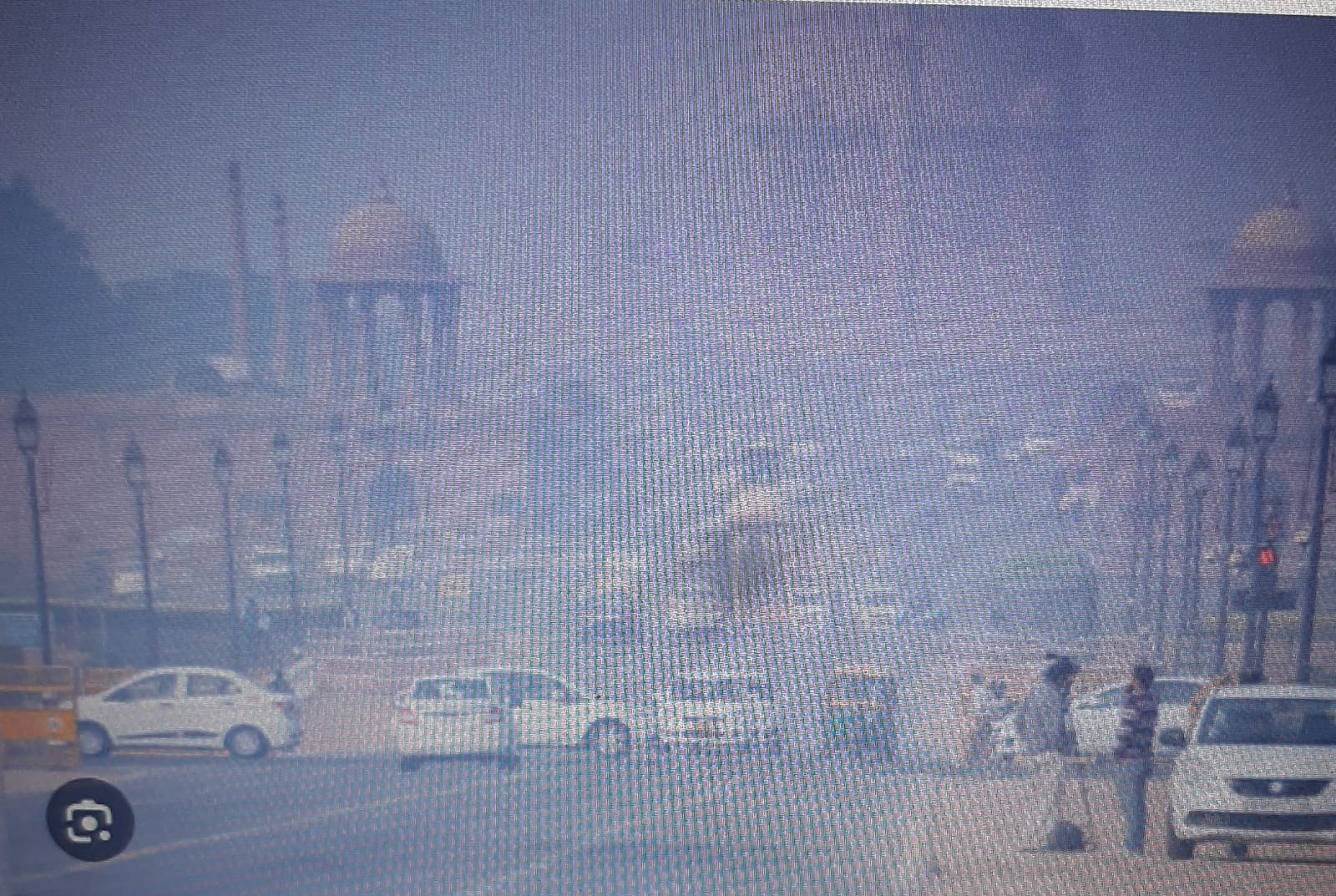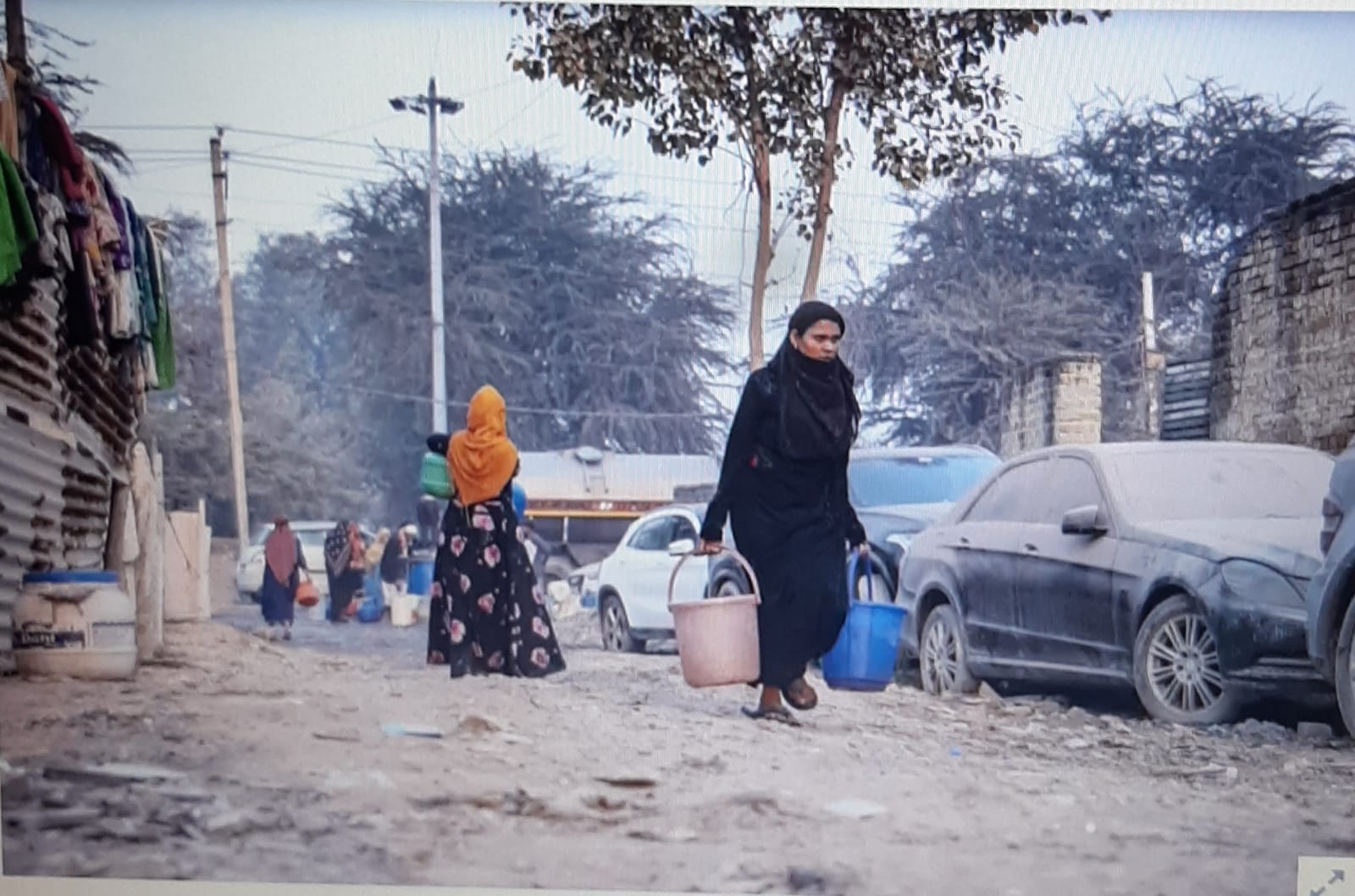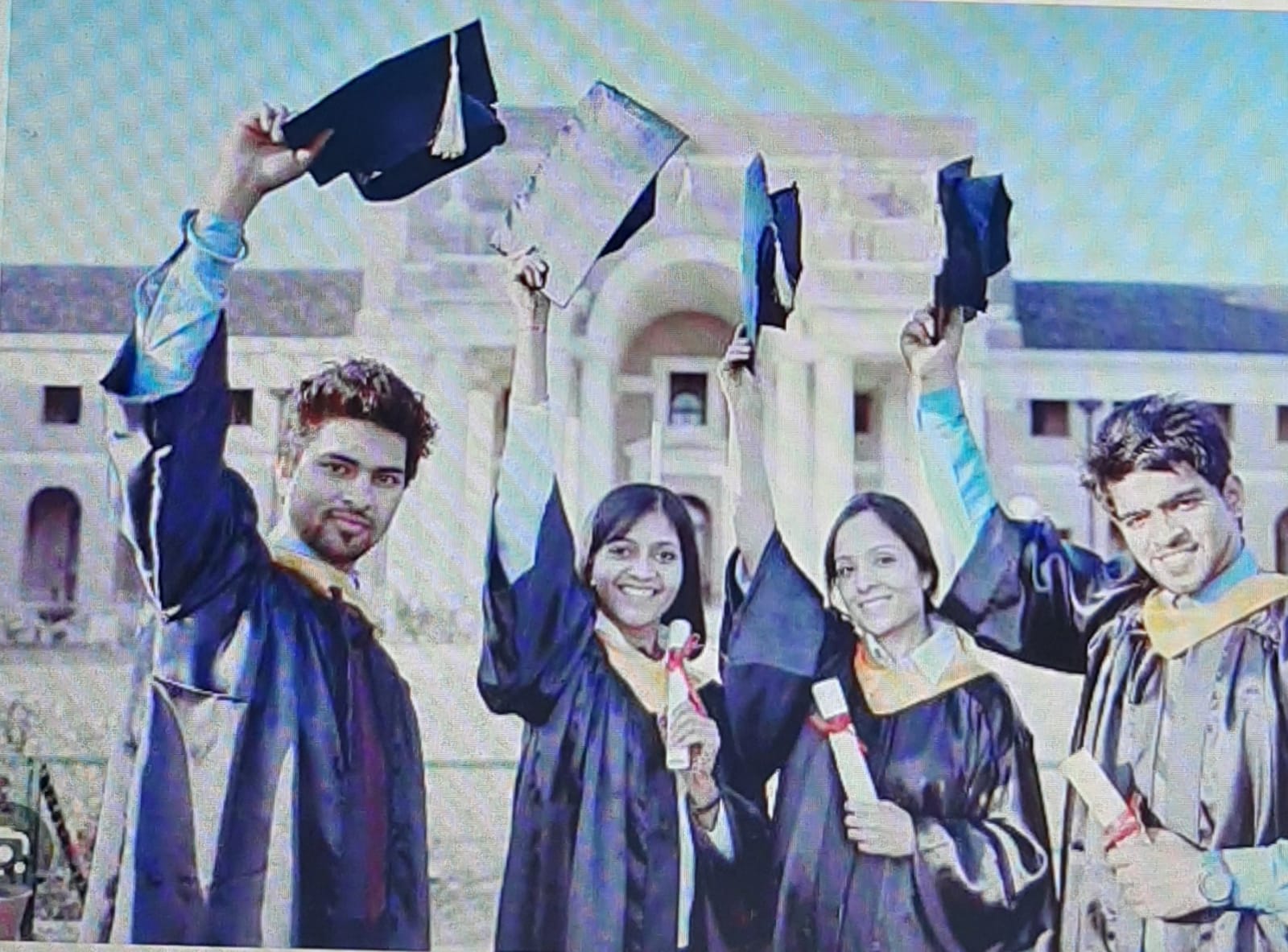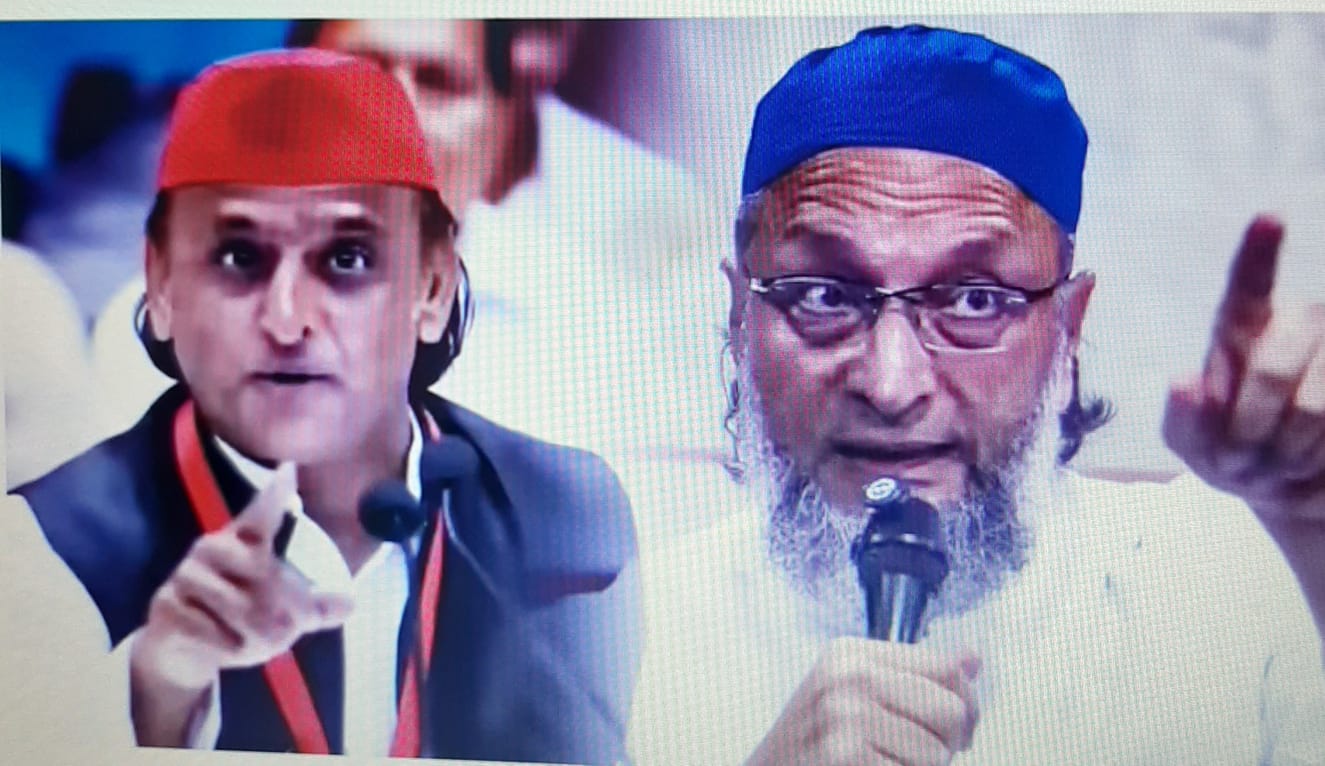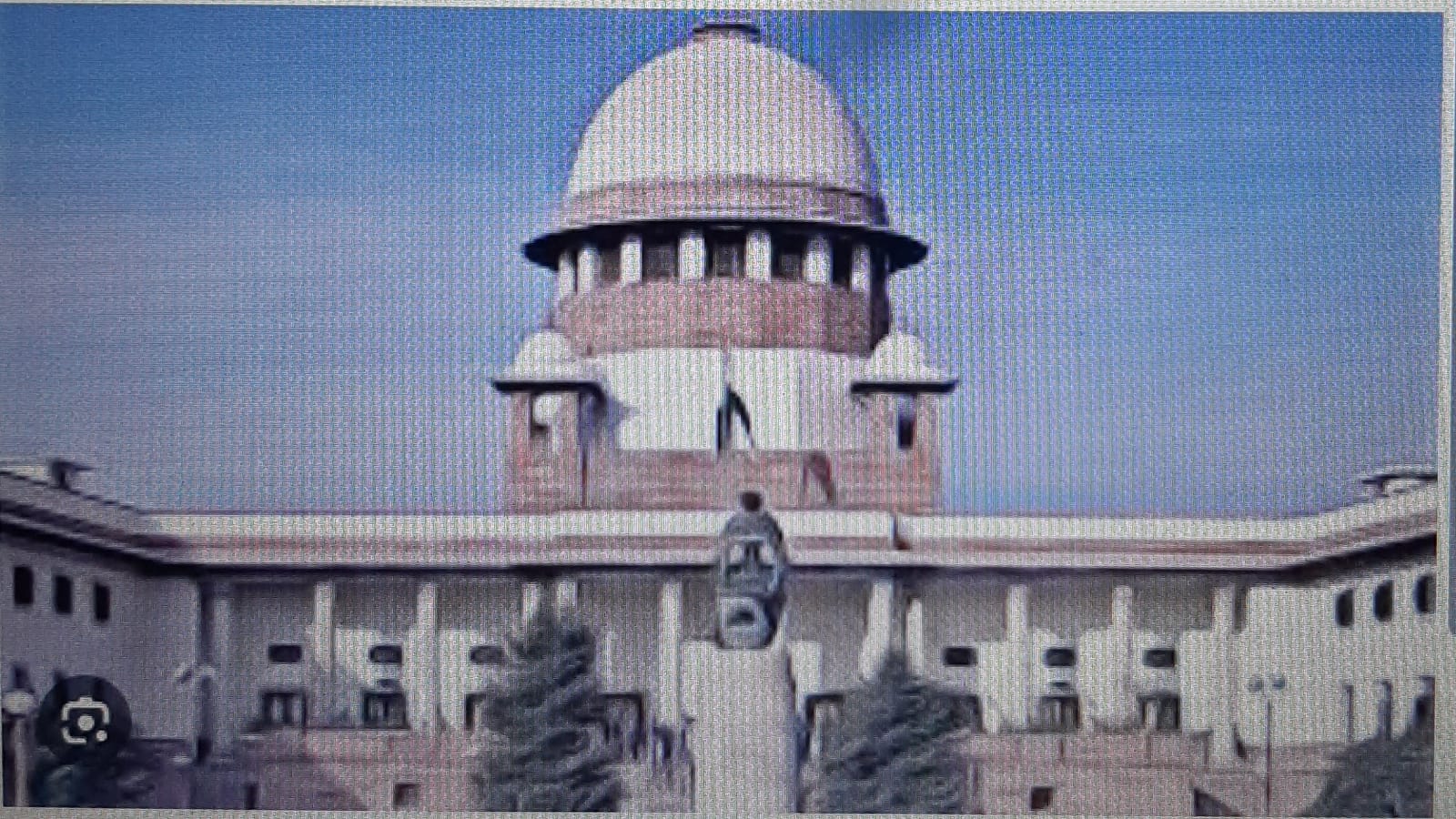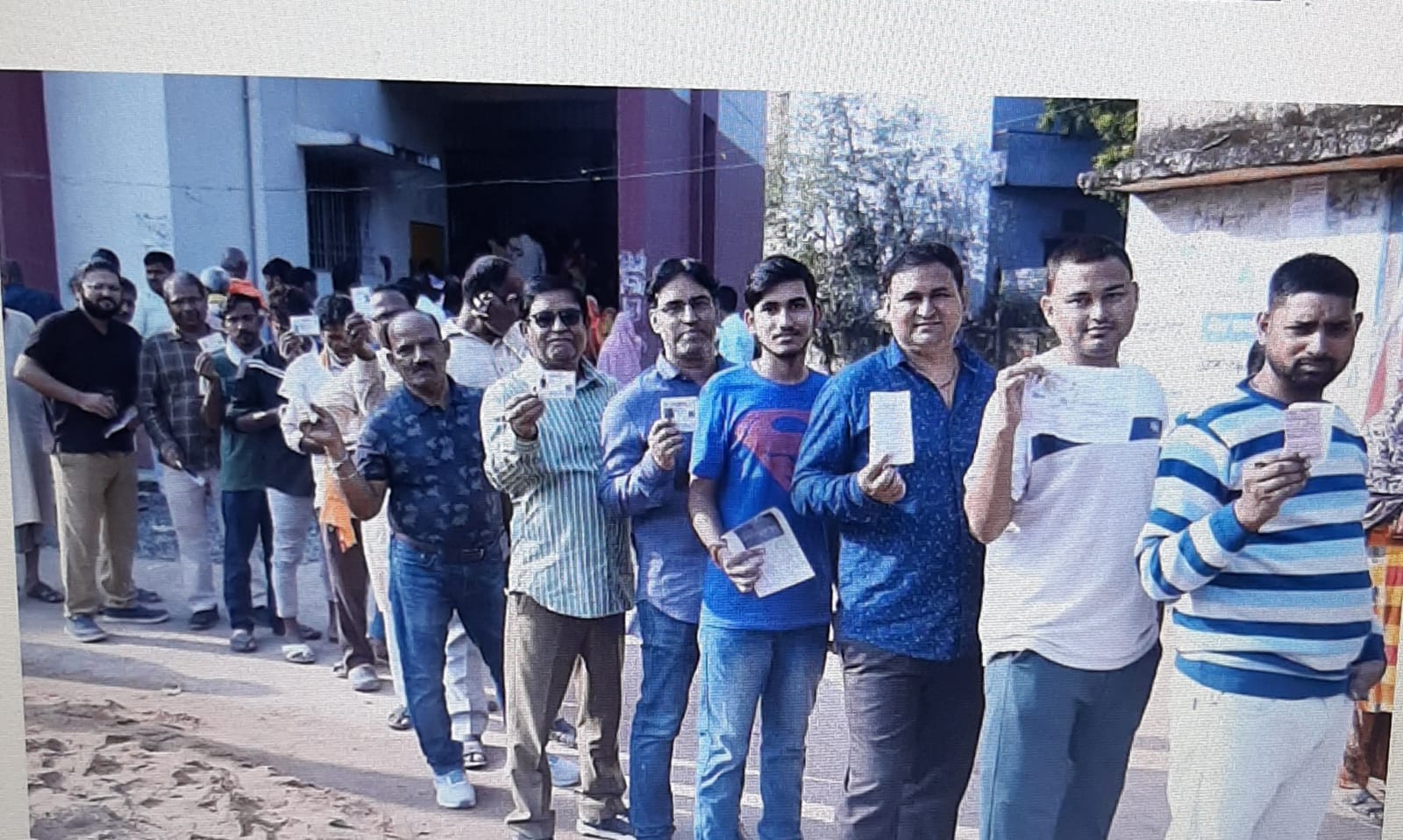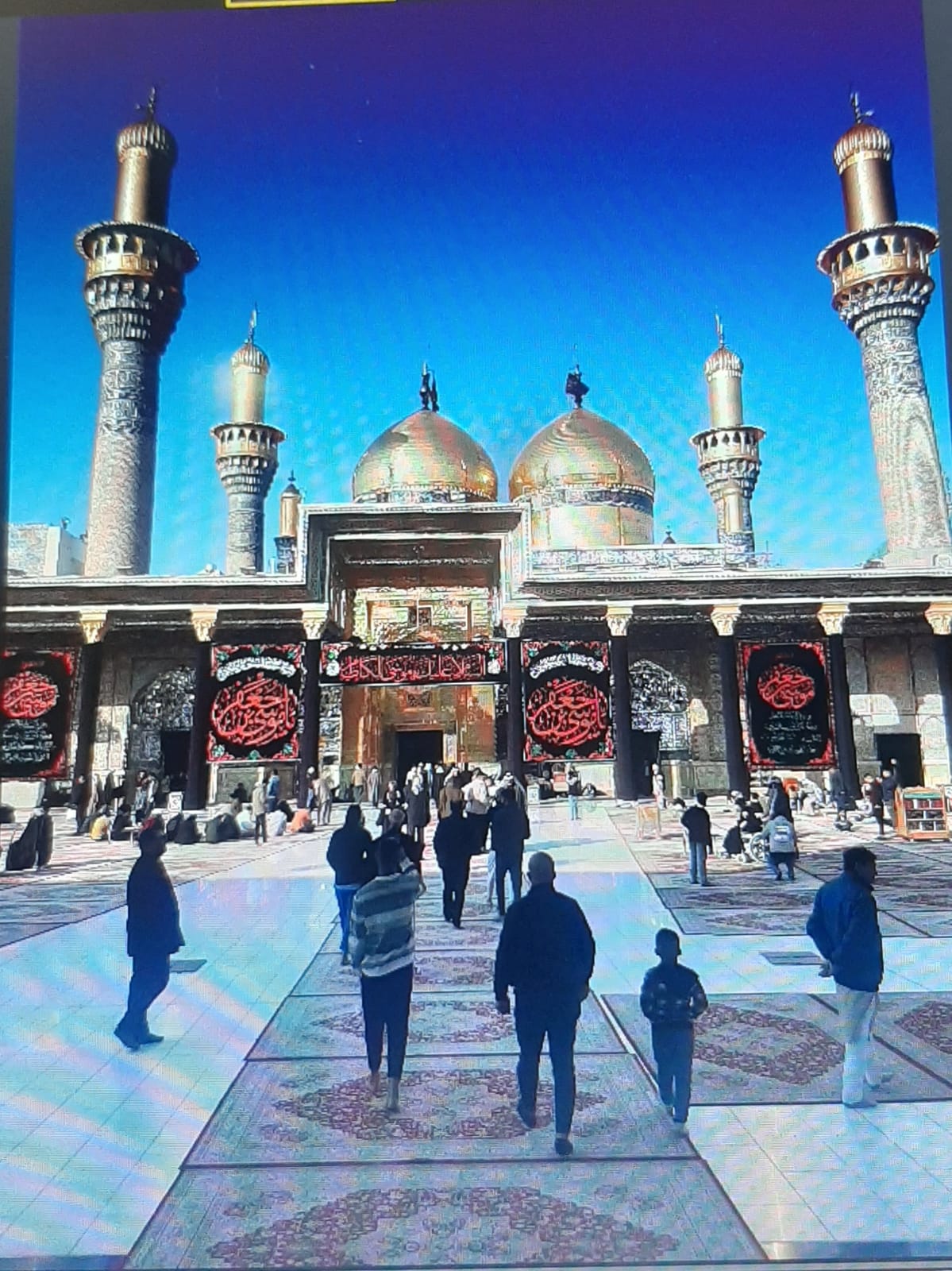
The arguments of “Shia being heretic” is getting less audience even in western countries, which have now recognized the peaceful Shia faith. The annual congregations in Karbala and Najaf have been strongly sending this “nonviolent” messages and dispelling misgivings about real Islam, writes M Hasan
Lucknow, March 24: With more than 6.5 million people gathering at Najaf (Iraq) on just one single night on March 21 to pay homage on the martyrdom of first Shia Imam Ali Ibn-e-Abu Talib has once again amply demonstrated the powerful and peaceful spiritual resurgence of Shia Islam in the world.
History over the centuries has undergone sea change. The arguments of “Shia being heretic” is getting less audience even in western countries, which have now recognized the peaceful Shia faith. The annual congregations in Karbala and Najaf have been strongly sending this “nonviolent” messages and dispelling misgivings about real Islam. In fourth century Hijri the then Abbasid ruler had demanded two lakh Tuman from great Shia cleric Syed Murtuza IlmulHuda (who was elder brother of Syed Razi, the compiler of Imam Ali’s sermons Nahjul Balagha) to recognize Shiism as “fifth sect” along with Hanafi, Maliki, Shafai and Hambali. But Shias refused to pay (ref: Qisasul Ulema). Presumably the Shias did not want to bribe the ruler to get the recognition of their pious and spiritual faith at a cost. But today much water has flown in Tigris and Euphrates rivers to change the situation.
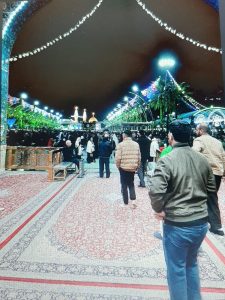
Even though Karbala and Najaf had been significant symbols of peaceful Shia Islam for centuries despite facing massive death and destructions at the hands of brutal terrorists’ regimes from Ummayaad, Abbasids to Baathists’ in the modern age, the situation changed in 2003 when the US dislodged the terrorist regime of Saddam Hussein from power in Iraq, and allowed Shiites to gain political control through “one man, one vote” democracy.
Thereafter the power in the country has shifted towards Shiites and the two historical cities of Karbala and Najaf have seen not only massive infrastructural growth but unprecedented “footfalls” through out the years. But there are occasions like martyrdom day of Imam Ali and his son Imam Hussain (10th Moharram) which have witnessed arrival of pilgrims on a large-scale. The present gatherings are largest in the history of Islam even surpassing the numbers of pilgrims during Hajj. In 2024 nearly 1.6 million pilgrims performed Hajj and around 16.9 million visited Mecca and Medina during whole year for Umrah. However, an estimated 21.48 million pilgrims participated in the Arbaeen (40th day remembrance after Karbala tragedy) in Najaf and Karbala.
With favorable and impartial government in the country and cordial atmosphere, these two centers under the leadership of “quietist” Shia clerics have now emerged as hub of peaceful “Shia theological resistance”. The meeting of Pope Francis with Grand Ayatollah Al-Sistani in 2021 in Najaf had given enough indication to the recognition of peaceful Shia faith. The Pope had commended the Grand Ayatollah for “his commitment to those who suffered persecution, preserving the sacredness of life and the importance of the unity of the Iraqi people”.
Now Najaf has all the trappings of a major center of learning. Though much of the past two centuries it was the premier seat of Shia religious learning, the recent decades of dictatorship, persecution, war and turmoil had been hard on the city. Moves are now afoot to reorganize theological infrastructure which were shifted to Qom (Iran) because of the lack of facilities and turmoil in Najaf. After Saddam, the dynamism of the Shia revival has firmly revealed at purely religious level and the turn of event has also opened up these two cities as centers of learning to a degree not seen in decades. Now millions of pilgrims visit Najaf and Karbala generating massive commercial links and strengthening transnational Shia religious ties.
There is no doubt that the political change in Iraq had tremendous effect in the Arab world. This is the very first Shia Arab country; it has not existed before in modern times. In many ways, the anger against the western countries is not just because they invaded an Arab country or occupied an Arab country, but because they have facilitated the change in a balance of power that is centuries’ long in that region. This feeling appeared to be palpable during my visit to Iraq in February last. Despite being just about 10 to 15 percent of the Muslim Population worldwide, the balance of power in Iraq has made vast change in political dynamics.
(M Hasan is former Chief of Bureau Hindustan Times, Lucknow)


